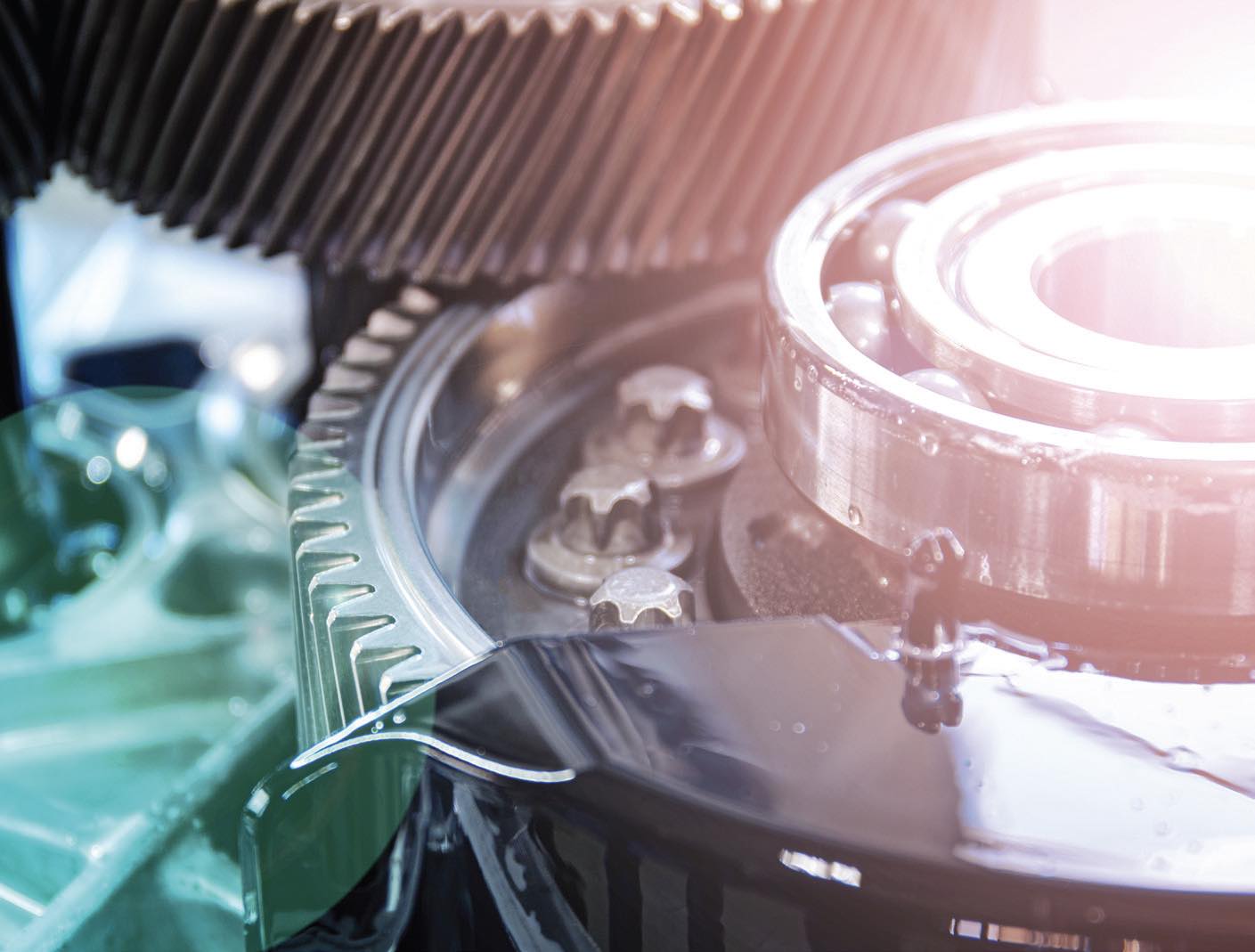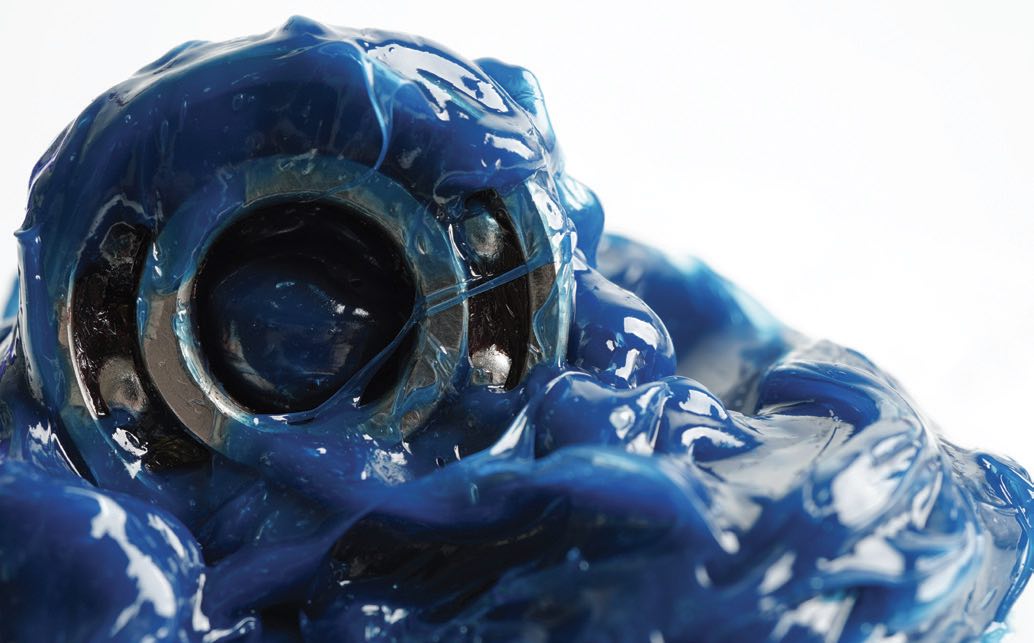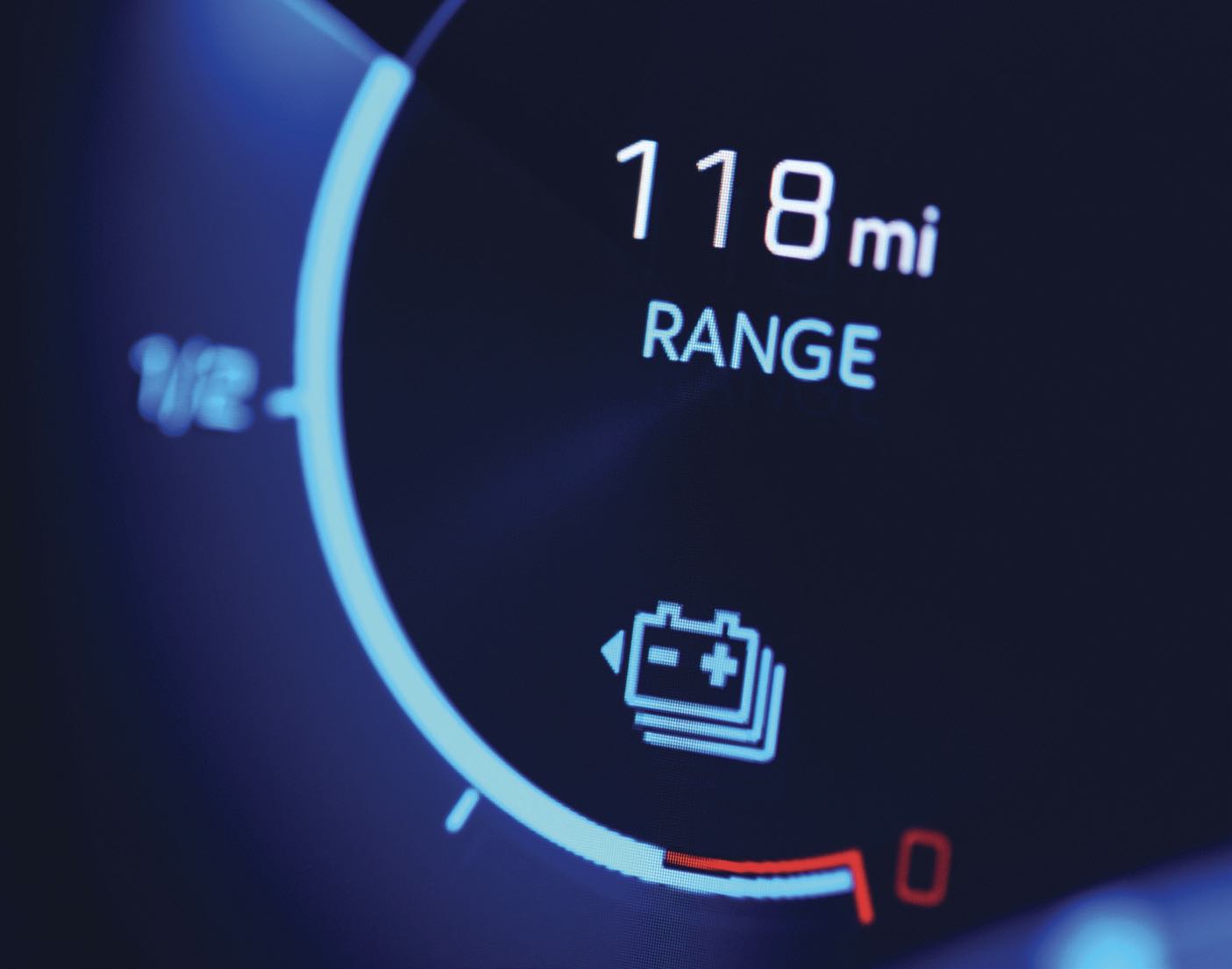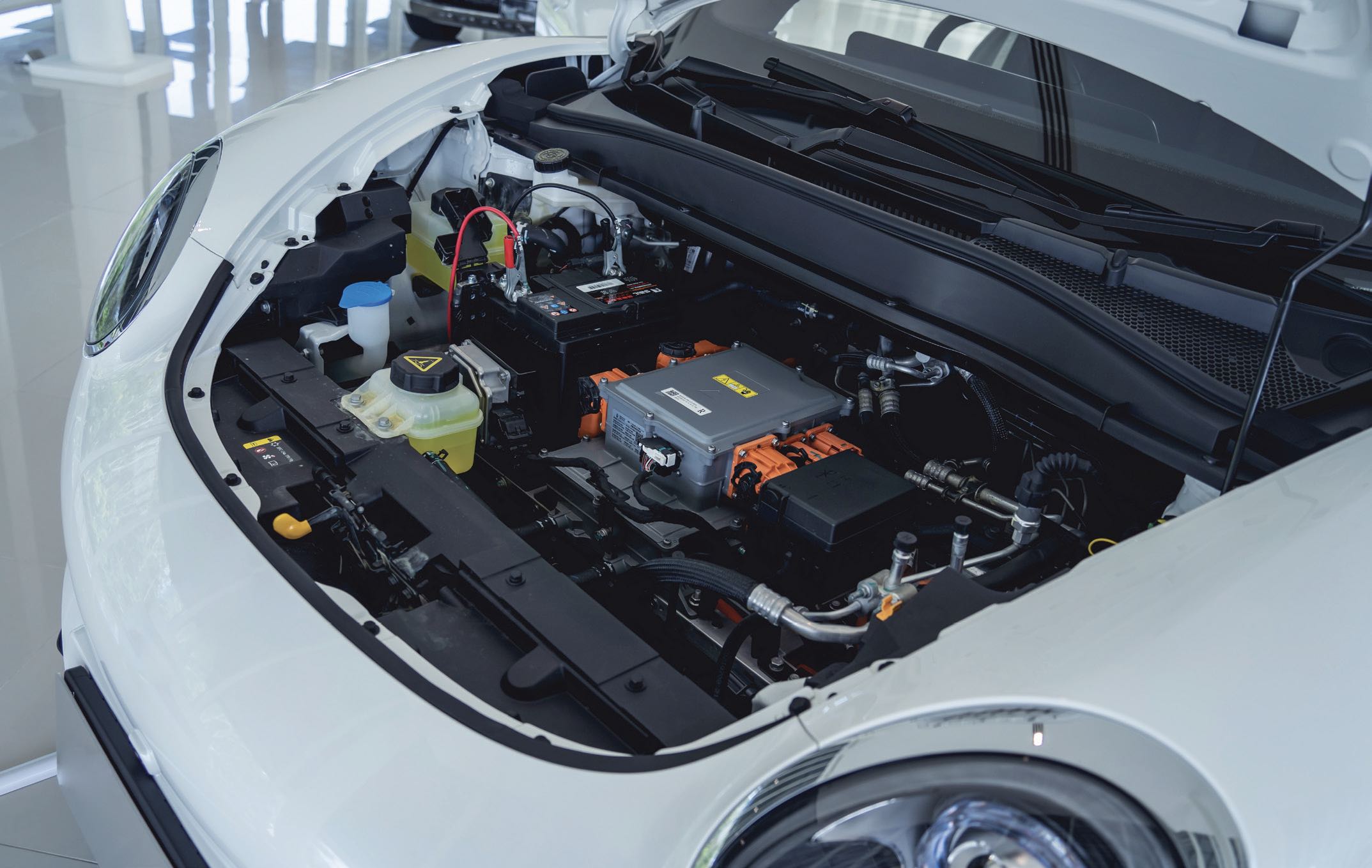Executive Summary
Electrification of the transportation sector is well underway, with the number of electric vehicles (EVs) on the road increasing each year. However, the transition will continue to face challenges, both in the near and more distant future. Some obstacles are related to the technical requirements of EVs, including fluids, lubricants and raw materials. Challenges such as cost, infrastructure and performance also will continue to evolve.
Q.1. What currently, in terms of tribology, do you think is the biggest challenge when it comes to electrifying the transportation sector?
Balancing stability of the fluid with the required thermal and electrical conductivity properties.
The infrastructure to charge the vehicles.
Cost of overall system and operating range.
The multitude of designs will lead to multiple lubricant formulations tailored to specific companies. How and where you spend your tribologist time will become more challenging as you can’t do everything all at once.
Thermal management.
The severe change in contact conditions. Higher interface speeds, and much higher loading, especially at near zero speeds.
Efficiency.
Meeting all of the new requirements for e-vehicle lubricants (electrical resistivity, foaming, 30,000-50,000 rpm, materials compatibility, e.g., copper, O-rings, etc.).
Reducing friction and maintaining durability across the entire vehicle so range can increase, or battery size decrease.

As the transportation sector is stepping away from petroleum-based fuels, it is unlikely that the sector will tolerate lubricants based on petroleum. However, sustainable lubricants are still a niche market, and many products are not ready for the demands of a mass market.
Lubricant degradation due to arcing and partial discharge. Degradation leads to lower tribological performance. Degradation has the possibility to produce flammable or even explosive gas products.
Reducing friction in the drivetrain.
Heat transfer/bearing fatigue.
Fluid needs to align with different electrification configurations.
Availability of sustainable raw materials at optimum prices.
Lithium consumption for batteries and also used for greases.
Do you think that bearing (stray) currents will be a significant problem in machine elements for EVs 10 years from now?
Yes
57%
No
43%
Based on an informal poll sent to 15,000 TLT readers.
We do not have the infrastructure to support this EV agenda.
Lightweighting and minimizing friction through the drivetrains to the road. Stray electric currents.
Low friction lubricated parts to lessen drag.
Integrated mechanical and electrical drivetrains. Copper corrosion.
New greases for electrical risks and product availability (lithium).
Generating fluids that can satisfy a lifetime fill.
How to avoid reinventing the obvious. First, look to proven technology, and then enhance that technology if necessary.
High speed and high temperatures. Fluid must protect and lubricate mechanical components but in a more severe environment.
Suppression of fatigue wear in mechanical components.
Using the lower viscosity fluid and protect the hardware of electrified drivetrain system.
Reducing friction in order to improve efficiency.
Battery charging time and battery life.
EVs use battery for storage of power; these batteries use quite a big amount of lithium as raw material in the manufacturing of the electric batteries, hence the demand of lithium will be high which, in turn, will affect the required raw material for production of lithium grease on lubrication.
1.) Battery efficiency and use. 2.) Lubrication and durability of bearings and gears.

The tribology of bearings will be a big problem.
High speeds and lifetime issues.
Impact of electric currents on the performance and lifetime of greases.
With regards to tribology, which machine element do you think suffers the greatest risk of bearing current-induced surface damage?
Gears
26%
Seals
8%
Bearings
70%
Splines
8%
All of the above
26%
None of the above
3%
Based on an informal poll sent to 15,000 TLT readers. Total exceeds 100% because respondents were allowed to choose more than one answer
Low friction, common mode currents, high temperature, high speed and sustainable lubricant.
Battery material and lubrication.
To equilibrate lubrication and compatibility.
The biggest tribological challenges in electrified transportation include high torque and rpms; electric motors in EVs can generate high torque at low rpms, leading to increased stress on bearings and gears. Lubricants must be formulated to handle these conditions and provide effective lubrication under high loads and varying speeds.
The question surrounding the electrical conductivity of greases and its influence on the issue of stray currents is quite a critical issue. It is very comforting that there are concerted efforts to figure out a solution to this problem.
Rolling bearings to support the rotating shaft, instead of the plain bearings on internal combustion engine (ICE) crankshaft.
Further minimizing frictional losses in systems while maintaining critical tribological performance.
Load and mileage per unit charge or fuel.
The biggest current challenge is the vast number of different participants that each seem to be introducing new designs with different requirements.
Tribology related to power transmission system, gears, wheels and tires due to switching from ICE to electric motor.
Increased occurrence of spark erosion damage in the presence of stray current paths in bearings and gears. In addition, fires and issues concerning battery recycling will increase, at least temporarily and before propulsion system designs are optimized.
The biggest challenges when it comes to electrifying the transportation sector are: 1.) the electric charging points that had to be set up when the batteries of the EV got run down, 2.) the inability of EVs to travel long distances without charging their batteries and 3.) the difficulty of using the EVs in rural areas where there is no national electricity grade supply.
High rpm and direct torque delivery.
What is the single greatest tribology-related degradation process when it comes to bearing currents in EVs?
Oil degradation
22%
Grease degradation
17%
Surface wear/erosion
45%
Rolling contact fatigue
23%
All of the above
35%
None of the above
3%
Based on an informal poll sent to 15,000 TLT readers. Total exceeds 100% because respondents were allowed to choose more than one answer.
Recent problems: 1.) A fluid that both can handle lubrication of gears and cooling of windings in electric engine and 2.) electric shortcuts in bearings of the electric engine.
Overall less challenging for lubricants, except maybe the electrical conductivity that may have to be controlled or thought of in certain applications.
Q.2. What do you think will be the biggest tribological challenge 10 years from now when it comes to electrifying the transportation sector?
Decreasing the amount of additives within a package while still maintaining protection.
The charging station availability.
Energy efficiency, just like it is every year.
Finding solutions for adverse impact of electric field on tribology.
Hard to say—we have yet to identify all of the current tribological challenges.
Cost.
Cooling the batteries while also performing the lubrication of the electric motors/drivetrains.
Reducing friction and maintaining durability across the entire vehicle while meeting new lubricant formulation and base stock restrictions.
Find alternative renewable base oils, because fossil resources will be limited and way too expensive.
To find sustainable base stocks for lubricants in the mass market.
Do you think the problem with bearing currents is equally challenging in different industries such as the wind industry, electric passenger cars, heavy EVs, electric aircrafts and industry equipment (pumps, etc.)?
Yes
73%
No
27%
Based on an informal poll sent to 15,000 TLT readers.
Improving lubrication performance to lower power usage and extend range.
Either viscosities of fluids becoming so low that wear becomes an issue putting more pressure on the additives or material compatibility with evolving advanced technology.
Reducing friction in the drivetrain.

Bearing fatigue.
Evolution of OEM technologies. Alignment/divergence in approaches over time. Same as lubricant needs for ICE engines and after-treatment strategies impacting lubricant needs.
Carbon neutral raw materials.
Online sensors, lubes consumption reduction.
Control of actual wear of surfaces in electrified devices.
Fast charging.
Electrical currents across bearings.
Long life greases.
Fluid longevity.
The heat removal and fluid aging. Lubrication systems must ensure a quick and efficient heat removal in order to protect the mechanical components and mitigate the oxidation process of the lubrication fluid.
Improvement of power transmission efficiency.
Designing vehicles that are more energy efficient.
1.) Battery efficiency and use. 2.) Lubrication and durability of bearings and gears.
Combined fluid for thermo-management and gear lubrication.
Improving performance and reducing product carbon footprint/sustainability.
Development of energy efficient, wear-resistant and corrosion-resistant materials. Development of lubricants that retain their properties.
Raw material shortages/changes.
Standardization of lubrication practices: With the growing diversity of electric drivetrain designs, achieving standardization in lubrication practices across different manufacturers and vehicle types could be a challenge. Establishing common guidelines and standards for lubrication in EVs may become more critical.

It is really hard to say. With tightening regulations, there could be limitations on the use of certain components in lubricants, and finding a suitable and sustainable alternative would be one thing that I could think of.
Coping with thinner oils.
Optimization of materials and lubricants for the electrical sector.
Recycling of waste and e-waste and its plant cost.
Industry always moves forward to lighter, faster and more efficient designs. In 10 years, the lubrication industry will still be challenged to keep up with the next future generation products.
Fast acceleration and deceleration induced tribological challenges, and fast charging related issues.
Balancing the environmental impact of power generation to charge vehicle batteries with the increasing use of that power in those vehicles.
The biggest challenges in 10 years to come with electric cars are: 1.) Electric cars are expensive. 2.) Electric car batteries are expensive. 3.) There will be problems in building more battery charging points. 4.) Lithium, the raw material for the production of the electric car batteries, will be under pressure. 5.) I am certain the frustrations of frequent battery charging and the expensive cost of changing or replacing the battery when completely spoilt would make consumers go in for the fossil fuel vehicles.
Materials compatibility.
Thermal efficiency and other efficiency.
Extended maintenance interval as EVs require less frequent visits to shops for maintenance, hence lubes that will last longer.
Editor’s Note: Sounding Board is based on an informal poll sent to 15,000 TLT readers. Views expressed are those of the respondents and do not reflect the opinions of the Society of Tribologists and Lubrication Engineers. STLE does not vouch for the technical accuracy of opinions expressed in Sounding Board, nor does inclusion of a comment represent an endorsement of the technology by STLE.